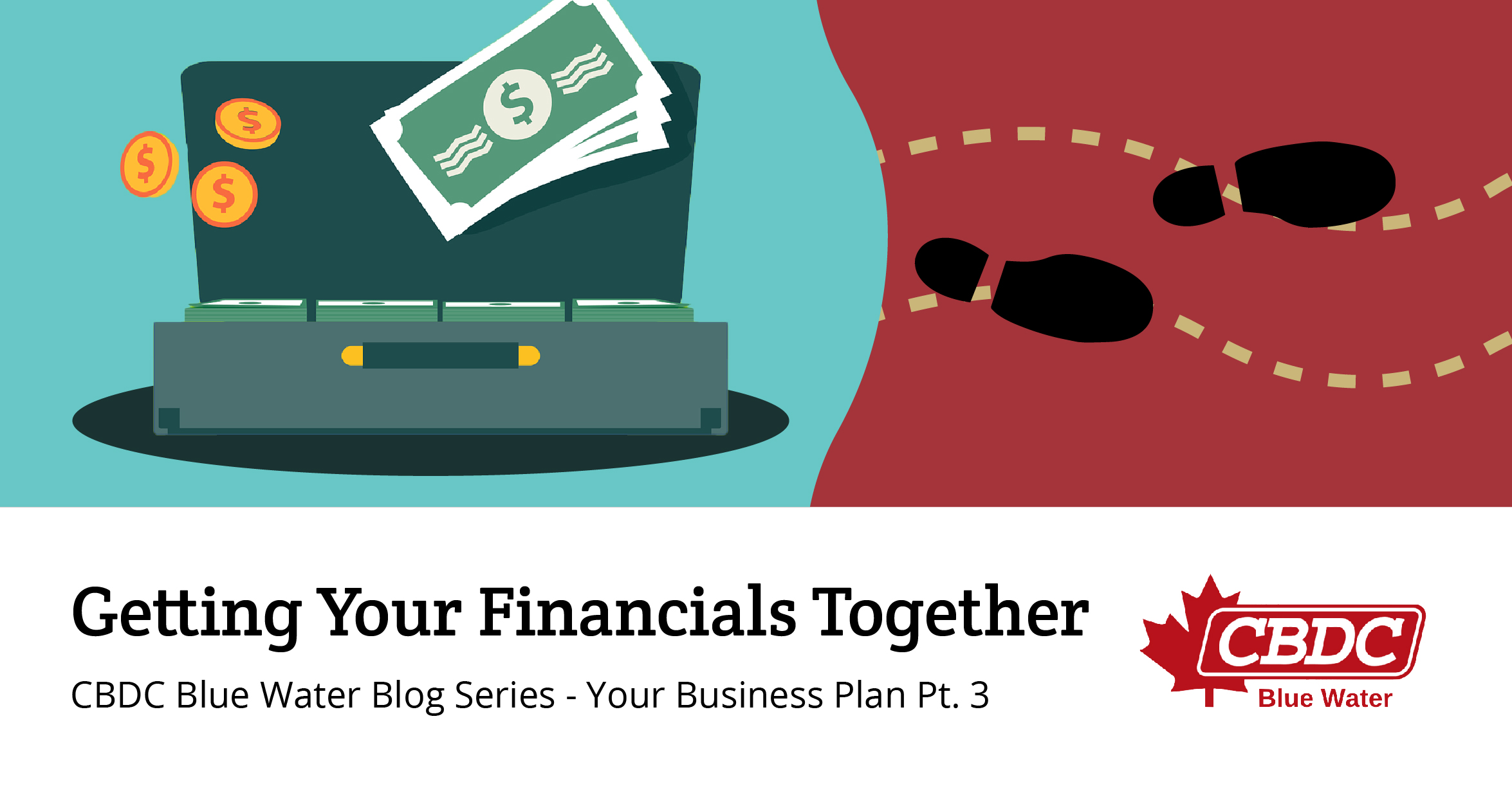
Writing a Business Plan Pt. 3: Business Operations and Financial Information
Our past two blogs have taken a deep dive into completing a business plan. We looked at the executive summary first, followed by the proposed business’ industry and market analysis. This week we will wrap up our business plan series by covering the Business Operations and Financial Information sections.
An important part of a business plan is to outline the specific operations of your business and how it functions within the marketplace. This section addresses the business’ key personnel, the business process, the location of any facilities and the equipment required to operate.
The first step here is to describe in detail the individuals who will be responsible for helping achieve your goals, and to determine the type of company you are going to operate (partnership, sole proprietorship, corporation, etc.). We recommend talking about the specific roles each manager will hold within the company. Highlight the skills, background, and education of each manager, what positions they hold, and any other positions within the company that will need to be filled. If you plan on outsourcing certain activities to other companies or freelancers such as I.T. or Bookkeeping, explain this here as well.
After addressing the people who will be operating the business, it is time to cover the Operating Process or, the day-to-day processes. There are four key parts that potential investors expect to see addressed within the business’ operating processes.
First, lenders are expecting to see detailed outlines of suppliers, who they are, where they are, and any potential issues you may face within the supply chain.
Inventory is the second step in the operating process. Lenders want to see how and where inventory will be stored, the expected turnover, and any inventory tracking system you plan on utilizing.
After you have the inventory sorted, it is time to talk about your sales. How will the company’s sales be tracked? What will the point-of-sale system look like? What payment methods will be accepted? Does the business accept payments on credit? If so, what is the plan of action for delinquent customers? Once these questions have been properly addressed, you must cover any permits or insurances you may need to operate.
There can be barriers to entry in relation to permits, regulations, and insurances that may be required for the business’ operation. It is important to address any of that in this final section of the operating process. For example, if you plan on operating a business out of your home, you will need to make sure that there aren’t conflicts with your home-insurance. Not to mention in some cases, the area your home is located in may not be zoned for business operation. This is extremely important to think about when developing your plan, as legal troubles can follow if not appropriately dealt with at the beginning.
After your business processes are sorted, the next step is to discuss the location of any storefronts and/or facilities necessary to operate. Here, it is recommended to dissect exactly where the business will be located and why. Are you working out of your home? If not, how much does the location cost? Is it to be leased or purchased? How does it look? What customers and competitors are located within the area?
The final item that needs to be covered in business operations is the equipment your company requires to operate. Have you acquired the equipment yet? Are you going to lease or purchase it? How much will this cost?
The sixth and final topic to discuss is your company’s financial information. The financial information section is what shows lenders that the business is viable. There are four important topics to discuss within this section, beginning with Start-up Costs and Financing. Here, the business is expected to have listed all costs associated with starting the business and how the owner(s) plan on financing it. In this section you are also expected to outline how you plan on paying yourself. Are you going to get set-up with payroll and pay yourself a salary or, rely on owners draw? Here, it is important to be realistic with your personal expenses and ensure that you will capable of covering them.
The second area of discussion is your collateral or, security. We are known as a character-based lender however, CBDC will still require adequate security to approve a loan. Typically, we look for a ratio of 1:1 or greater, of security to loan principal.
The final two items to provide are your company’s projected cashflow statements for the next two years. In addition to these projected cashflows, you are expected to provide information on the assumptions you’ve made. Essentially, we want to know how you came up with the numbers you did. In your cashflow projections, assume you will receive the necessary financing from us with an interest rate of about 8%. This is one of the most important parts in the wole business plan; you need to illustrate within your cashflow projections that you can pay and how you plan on paying the loan back. It is also very important to be realistic with this. If you produce a product such as beer, you may receive the loan and be 3+ months away from your first sales. If this is the case, you must account for the fact there is a “ramp-up” period for your business where you will most likely experience low revenues. At CBDC Blue Water we do understand many people struggle with projecting cashflow statements. So, we have templates available on our website to help you along the way.
This concludes our blog series about preparing your business plan. Our Business Development Officers are always here to help you through this process. If you ever have any questions about starting your small business in rural HRM, reach out to CBDC Blue Water for a chat!
